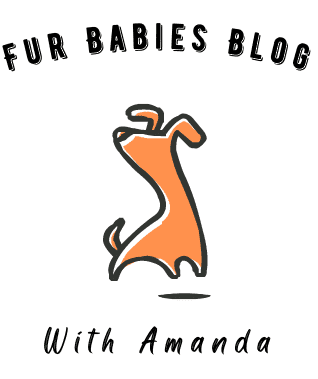The Do's and Don't of Dog Training
To ensure a successful relationship with your pup when beginning your “dog training for beginners” sessions, it is important to remember that consistency reigns supreme. Be sure to give only one command at once and always reward them for following through. If you are not constant in your commands – such as telling them ‘Sit' today then ‘lie down' tomorrow – they will quickly become confused, leading to poor results during dog training sessions.

Additionally, be sure to reward your pup for their good behavior with treats as this will encourage them. However, remember not to randomly change the rewards otherwise your furry friend may become confused and frustrated. Moreover, when it comes to training, don't anticipate results overnight! Every dog learns at a different pace so ensure you remain consistent in your methodology and have patience – before long they'll understand all of the commands necessary!
At the same time, there are a few things that you should always abstain from when obedience training your pup. To start, never use physical punishment to discipline them; this will only create fear in your companion and possibly cause long-term behavioural issues. Furthermore, don't drop out of teaching just because it's tough or takes some extra effort – With persistence and constancy, you can mentor your canine to accomplish anything!
The Early Weeks:
Congratulations on becoming a new dog owner! Having a pup by your side can be one of life's most rewarding experiences. Before you start to bask in all the joy, remember that some training sessions need to take place first! Dog obedience training for novice owners is especially vital as it establishes the necessary basics and prevents bad habits from forming. Here are some helpful tips on how to get started with early-week teaching:
The Basics:
Establishing a sound puppy training process is one of the most vital steps you can take in providing your pup with an enjoyable life. It's important to introduce basic commands and stay consistent when it comes to obedience training since puppies will quickly become accustomed to learning this way. Alongside instruction, make sure that they get enough physical exertion throughout the day – as well as regular meals and bathroom breaks – plus ample affection! All these components are essential for fostering steady progress during their early development stage.
Training Tips:
Establishing a routine is key when you begin training your pup, so make sure to set clear expectations and stick with them. Be consistent in providing rewards for good behavior and punishments for bad behavior – this will help create the foundation for a good dog behavior.
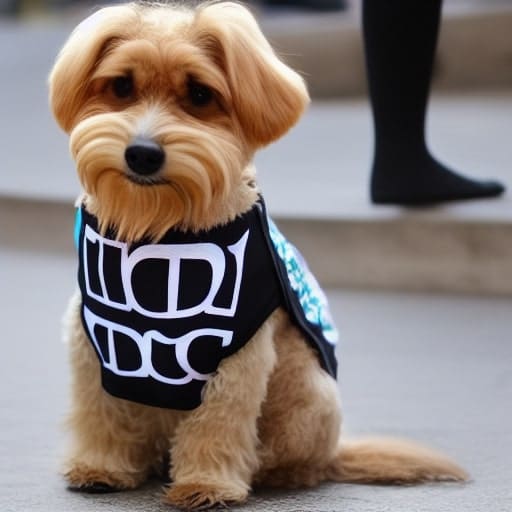
Teaching your pup good dog behavior starts with the basics. Begin by introducing commands like sit, stay, come, and down. It's essential to reward him when he performs a command correctly – this could be through treats or petting as positive reinforcement so that he can understand what is expected of him.
When mistakes happen, instead of yelling or punishing your dog, explain calmly why his action was wrong and how it should have been done differently; short obedience training sessions (around 5-10 minutes) are also key – this helps to prevent boredom and keep their attention focused on learning the new behaviors you want them to learn. Finally – remember teaching one command or training method at a time is always best for success! Keep training sessions short!
Learn basic commands
Basic Commands: Sit, stay, come and heel
We all know that dogs are loving and devoted companions, yet to maintain a long-term relationship with them it is essential we put in the effort during training. Teaching your dog basic commands is an excellent place to start a training session as you introduce him to his new home. To help you on this journey of dog ownership, here are some simple tips for beginners!
Be Consistent:
Consistency is the most crucial aspect in the training process of a new pup – without it, your canine companion won't learn anything. You must be assertive yet sympathetic with both rewards and reprimands; only through consistent guidance will your furry friend understand how to behave properly. Inversely, inconsistency may cause him to ignore instructions or even become disobedient!
Use Small Treats
Begin with Basic Commands: To successfully train your furry friend, you should start by teaching him fundamental commands like “sit”, “stay”, “come” and “heel.” These simple instructions will form the basis for a more intense training session in the future.
Provide Affirmation: When your pup does something correctly – such as sitting when commanded to – be sure to reward them for being an obedient dog with treats or belly rubs so that they understand that their behavior has been approved!
Treats are an integral part of training your pup! Not only do these delicious rewards a well behaved dog and encourage your furry friend to learn commands quickly, but they can also help maintain their attention during each lesson. This is a crucial factor in ensuring that all desired behaviors are mastered efficiently.
As you embark on dog training, perhaps even with other dogs, consistency and positive reinforcement in the training session are the name of the game. Whenever your furry friend is following commands or displaying good behavior during sessions, it's best to provide small treats as encouragement. On the other hand, if your canine companion is misbehaving or disobeying orders – no snacks! As tempting as it may be to reward bad manners in hopes that they will correct their behaviour; this won't do any favours for them in the long run and could even further worsen their disobedience.
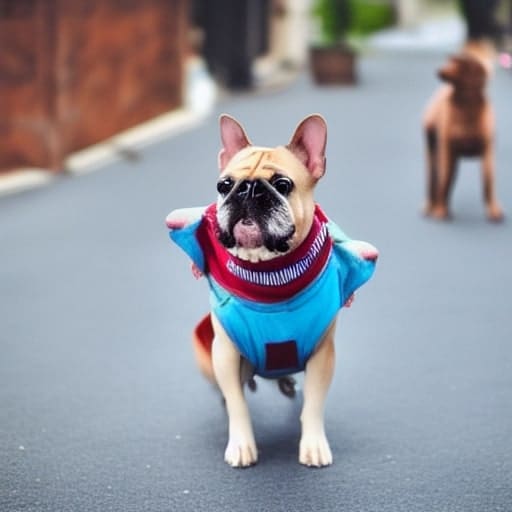
The use of small treats when you begin dog training for beginners should be consistent and dependent on the dog's behaviour. Generally, you should use small treats when your dog is displaying good behaviour, such as following commands or responding to cues. In contrast, if your dog is behaving badly or is being disobedient during training sessions, you should not offer them a treat as a form of positive reinforcement. This will only serve to confuse your dog and may even lead to further disobedience.
Make A Training Schedule
A consistent approach to your dog training class is paramount in helping them understand desired behaviors. This way, the dog training for beginners’ class or process will be significantly less confusing and it'll enable your furry friend to learn quicker. Establishing a reliable routine also ensures that your pooch always knows what you expect from them – an effective key component of any successful puppy-owner relationship!
To ensure that your pup obtains the best dog training, create an agenda full of diverse exercises and commands. Be sure to progress steadily too – patience is key! When directions are split into more manageable pieces, dogs tend to comprehend them better. As soon as they've mastered each segment, they can advance to something else.
Ready to start a dog training class with your pup? Create a planner or calendar for each session and make sure you cover all the dog commands. If it's easier, develop a list of exercises that will lead your pet through its learning journey! Above all else, be consistent and keep up with each step so that they can successfully reach the desired behavior goals.
Following a Training Schedule:
It is essential for successful dog training to be consistent in your approach and have a set schedule. This will allow your pup to learn the desired behaviors quicker, as well as make it less confusing for them. By forming a plan of action with clear expectations, you can ensure that you'll always get positive results from each session – granting both of you peace of mind!
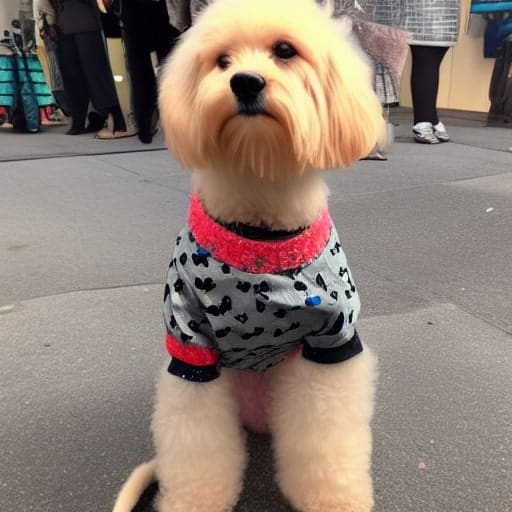
When developing an obedience lesson plan, be sure to incorporate a variety of exercises and commands that are relevant for your pup. Remember, it's essential to have patience and take one step at a time as you go through the process – dogs learn best when tasks are broken down into short-term goals. As each goal is achieved gradually move onto more advanced levels for them to fully master the skill set!
To ensure that you cover all the essential canine commands and topics, utilize a calendar or planner to map out your training class in advance. Alternatively, craft an exhaustive list of exercises related to dog training for beginners which can be tackled one at a time. Regardless of the approach you take, commit yourself fully to it so that your pup may efficiently grasp the behaviors desired by you!
Using a Training Schedule to Teach Tricks:
If you're planning on teaching your pooch some fun and interesting tricks, always make sure to keep the sessions enjoyable as well as productive. This will help ensure that your pup's attention is never elsewhere other than with you during training! There are numerous different commands which can be taught – from sit or stay, to rolling over or playing dead … even exciting activities like fetching a ball! Keep the lessons lively while focusing on positive reinforcement for maximum success.
If you want to teach your dog a trick, it's important that you start with the basics and gradually progress to more difficult tricks. Breaking down each trick into smaller steps is an effective way of helping your pup understand what they need to do; once they've mastered every step, simply combine them all for their final performance – not only will this make dog training easier for both of you but also enjoyable!
Be Patient and Rewarding
Teaching a new trick can be frustrating for both you and your dog but remember to remain patient throughout the process. Be sure to reward them with treats or positive reinforcement for their efforts to motivate them and promote good behavior. With plenty of encouragement and rewards, learning will become much easier for your pup while also making dog training enjoyable!
Clicker Training For Dogs
Clicker dog training presents an effective and rapid approach to teaching your pup a variety of skills. This reinforcement-based method utilizes the rewarding sound of a clicker to communicate when they are performing correctly. Clicker training is ideal for beginners, as it is uncomplicated yet highly successful in producing desired behaviors from our furry friends!
Clicker dog training is an incredibly efficient way to teach dogs new tricks. Dogs are motivated by the reward of a click and treat, which allows them to learn quickly and effectively. Additionally, it can be used to tackle problem behaviors such as chewing on furniture or excessive barking. Clicker training continues to prove its effectiveness in teaching our furry friends.
How to Clicker Train Your Dog
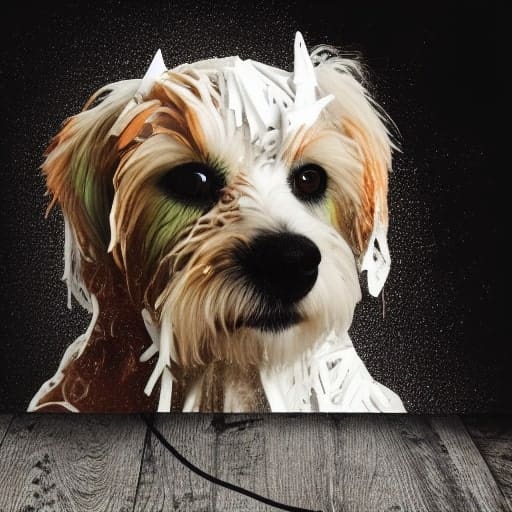
Ready to kick start clicker dog training with your pup? Here are a few straightforward steps you can take:
1. Begin by introducing the “click” sound to your dog – this could be done using finger clicks or any other noise which resembles it. When they understand what the clicking signifies, utilize it as an incentive for when they perform well!
2. Following that, it's time to educate your pup on the mannerisms you hope them to do. This can be accomplished with a variety of activities such as “sit”, “stay”, “come,”, “down” and even “rollover.” Once they have expertly learned these commands you may use the clicker as an effective tool to appreciate & mark every correct act they make!
3. Finally, when your pup has a solid understanding of the fundamental obedience commands, you can begin to show them more advanced tricks. Take things slowly— dogs learn best by going through tasks step-by-step. As they understand each activity and complete it with ease, then move on to the next one until everything is mastered!
Advanced Clicker Training
Once your pup is a pro at clicker dog training, why not take the next step and try some more sophisticated tactics? Here are a few pointers to get you started:
1. Mix several behaviors into one trick! This will be difficult for your pooch, but it'll help them learn new tricks faster.
2. Maintain your pup's concentration during dog training for beginners by using multiple rewards to entice them, such as toys, treats, and games – all depending on what they like best.
3. To ensure that you both have a good time with the learning experience, make sure that your sessions are positive and enjoyable! Offer plenty of motivation alongside their rewards; this will quicken up the process while guaranteeing both of you relish in every moment spent together!
House Training and Crate Training
Bringing home a new puppy is an exciting experience and the first step to acclimating your pup should be teaching them how to potty train. While housebreaking can take some effort, with dedication and perseverance you'll soon have it down pat! To give you a head start here are our top tips for properly potty-training your pooch:

The Basics
Establishing a routine is the key to successfully house-training your pup. Due to their small bladders, take them outdoors every two to three hours so they can go potty promptly. When they do it in the appropriate place, applaud them with enthusiasm – this will encourage good behavior! If an accident does happen inside, there’s no need for scolding or reprimanding; just clean up the mess and carry on as usual with your established schedule.
Potty Training Tips
Successfully potty training your pup requires great patience and consistency. If you're looking for extra help, we have some helpful tips that may make the process easier:
– Your pooch needs easy access to an area suitable for them to go number one or two; a lack of opportunity can often prevent puppies from properly going potty.
– Fostering good habits early on is key! Make sure they get the outside time right after waking up, drinking/eating, and playing – all ideal moments when nature calls.
Show your puppy how proud you are when they do their business in the correct spot outside by offering them treats and praise. Doing so, will encourage them to continue going potty there and make it easier for you both over time!
How to Stop House Training Accidents
Even though your pup may be trained to go potty outside, they are still prone to having an accident inside. It is vital not to reprimand them for this as it will only make the situation worse and increase the likelihood of future incidents. To ensure that your puppy learns their lesson without being scared or anxious, try these helpful hacks:
– Make a point of clearing up any messes promptly and completely so that there is no confusion about where pups should relieve themselves.
– If you notice that your furry friend has had an accident indoors, place them in a ‘time out’ area such as their kennel or bathroom for some time afterward so they can learn from their mistake!
Crate Training
The Basics
Crate training is a wonderful tool to potty train your pup, as well as keep them secure when you can't be around. The basics are simple – teach your dog that their crate is the one place of security and solace; they may only enter it once they've settled down. Here's how to start:
1. Pick the perfect-sized carrier for your pup; it should be large enough that they can stand, move around, and rest without feeling restricted but not so vast as to enable them to use one corner of it as a lavatory while taking up residence in another area.
2. Set up the crate in an energetic yet tranquil place at home where your doggy will have plenty of chances to go outside for their business needs.

To help your pup acclimate to the crate, begin by placing a cozy blanket or towel in it and inviting them to check it out. Over time, encourage them to eat their meals inside while gradually closing the door. Start off with short sessions of 5-10 minutes and then increase the length accordingly until they’re comfortable staying in there for extended periods.
To ensure the most successful outcome with your puppy's crate training, take heed of these extra tips:
1 . Make sure to exude an upbeat and energetic attitude while training them – this will help keep their enthusiasm alive.
2 . As soon as you place them in their crate, bring your pup outside straight away so they can do their business; if they don't go potty within a certain amount of time, put them back in the cage for slightly longer until they have had enough opportunity to use it.
3. Begin by limiting the amount of time your puppy spends in the crate, and gradually increase it as they become more comfortable; puppies shouldn't stay inside for longer than 8 hours until adulthood.
4. Do not use their kennel as a method of reprimand– this will only make them fearful to enter willingly when necessary.
Leash Training Dogs and Puppies
Owning a dog comes with the responsibility of teaching it how to walk on a loose leash – an essential part of any canine's upbringing, regardless of if your pup is regularly exercised or not. The process helps maintain safety for both you and your furry friend as it provides a way to control them outside in public spaces. So, let's delve into the basics of leashing up your dog:

To help your dog get accustomed to wearing a leash, begin by attaching the collar inside your home. Initially, only keep them on a leash for 5-10 minutes at a time as you gradually extend their outdoor duration over successive days.
Take your pup on short and relaxed strolls until they are properly leash trained. Doing this will guarantee that they don't become too animated and start tugging the lead. Uplift them with rewards and positive reinforcement whenever it behaves calmly while being leashed as a motivator for following orders. As someone once said, “It's a dog's life”!
